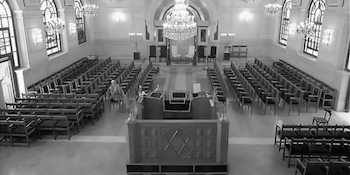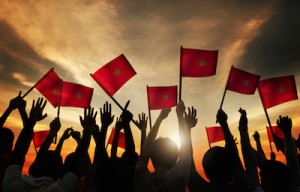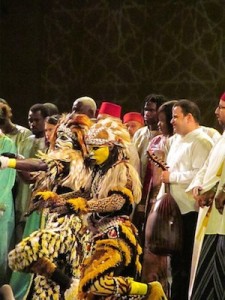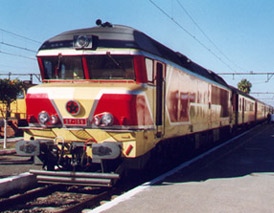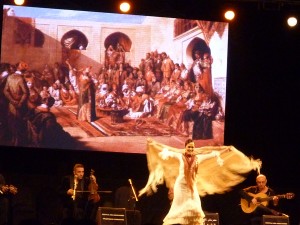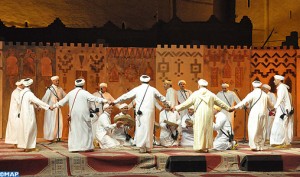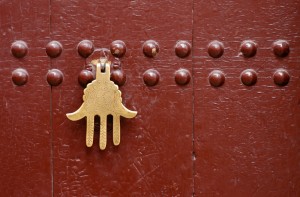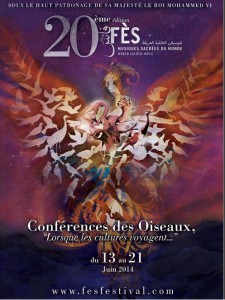Top End Casablanca Jewish Heritage Tour
The cultural diversity of contemporary Morocco reflects its historic vantage point as a gateway to Europe and the world. Morocco’s Jewish Heritage offers visitors an encounter with ancient historic traditions, customs, architecture, monuments and sites that have permeated Moroccan society for centuries. Travelers…

